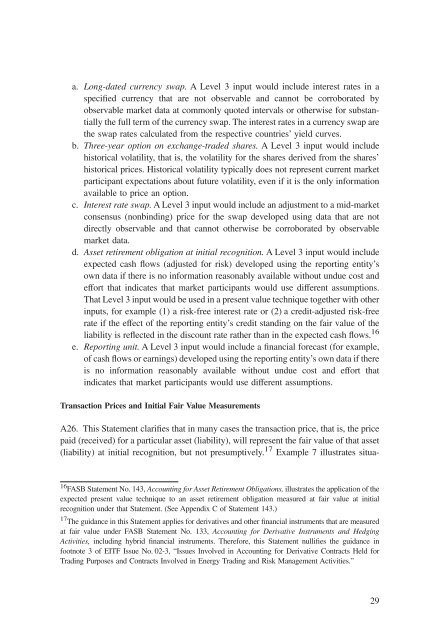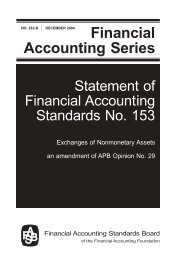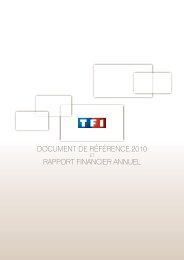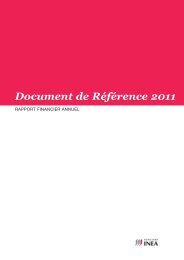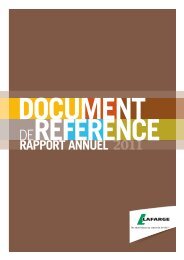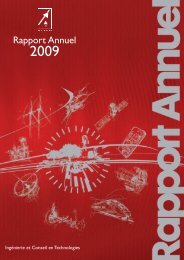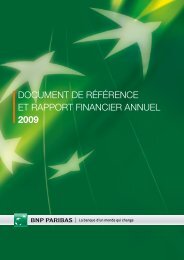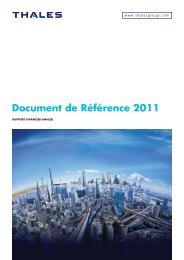Statement of Financial Accounting Standards No. 157 - Paper Audit ...
Statement of Financial Accounting Standards No. 157 - Paper Audit ...
Statement of Financial Accounting Standards No. 157 - Paper Audit ...
You also want an ePaper? Increase the reach of your titles
YUMPU automatically turns print PDFs into web optimized ePapers that Google loves.
a. Long-dated currency swap. A Level 3 input would include interest rates in a<br />
specified currency that are not observable and cannot be corroborated by<br />
observable market data at commonly quoted intervals or otherwise for substantially<br />
the full term <strong>of</strong> the currency swap. The interest rates in a currency swap are<br />
the swap rates calculated from the respective countries’ yield curves.<br />
b. Three-year option on exchange-traded shares. A Level 3 input would include<br />
historical volatility, that is, the volatility for the shares derived from the shares’<br />
historical prices. Historical volatility typically does not represent current market<br />
participant expectations about future volatility, even if it is the only information<br />
available to price an option.<br />
c. Interest rate swap. A Level 3 input would include an adjustment to a mid-market<br />
consensus (nonbinding) price for the swap developed using data that are not<br />
directly observable and that cannot otherwise be corroborated by observable<br />
market data.<br />
d. Asset retirement obligation at initial recognition. A Level 3 input would include<br />
expected cash flows (adjusted for risk) developed using the reporting entity’s<br />
own data if there is no information reasonably available without undue cost and<br />
effort that indicates that market participants would use different assumptions.<br />
That Level 3 input would be used in a present value technique together with other<br />
inputs, for example (1) a risk-free interest rate or (2) a credit-adjusted risk-free<br />
rate if the effect <strong>of</strong> the reporting entity’s credit standing on the fair value <strong>of</strong> the<br />
liability is reflected in the discount rate rather than in the expected cash flows. 16<br />
e. Reporting unit. A Level 3 input would include a financial forecast (for example,<br />
<strong>of</strong> cash flows or earnings) developed using the reporting entity’s own data if there<br />
is no information reasonably available without undue cost and effort that<br />
indicates that market participants would use different assumptions.<br />
Transaction Prices and Initial Fair Value Measurements<br />
A26. This <strong>Statement</strong> clarifies that in many cases the transaction price, that is, the price<br />
paid (received) for a particular asset (liability), will represent the fair value <strong>of</strong> that asset<br />
(liability) at initial recognition, but not presumptively. 17 Example 7 illustrates situa-<br />
16 FASB <strong>Statement</strong> <strong>No</strong>. 143, <strong>Accounting</strong> for Asset Retirement Obligations, illustrates the application <strong>of</strong> the<br />
expected present value technique to an asset retirement obligation measured at fair value at initial<br />
recognition under that <strong>Statement</strong>. (See Appendix C <strong>of</strong> <strong>Statement</strong> 143.)<br />
17 The guidance in this <strong>Statement</strong> applies for derivatives and other financial instruments that are measured<br />
at fair value under FASB <strong>Statement</strong> <strong>No</strong>. 133, <strong>Accounting</strong> for Derivative Instruments and Hedging<br />
Activities, including hybrid financial instruments. Therefore, this <strong>Statement</strong> nullifies the guidance in<br />
footnote 3 <strong>of</strong> EITF Issue <strong>No</strong>. 02-3, “Issues Involved in <strong>Accounting</strong> for Derivative Contracts Held for<br />
Trading Purposes and Contracts Involved in Energy Trading and Risk Management Activities.”<br />
29


